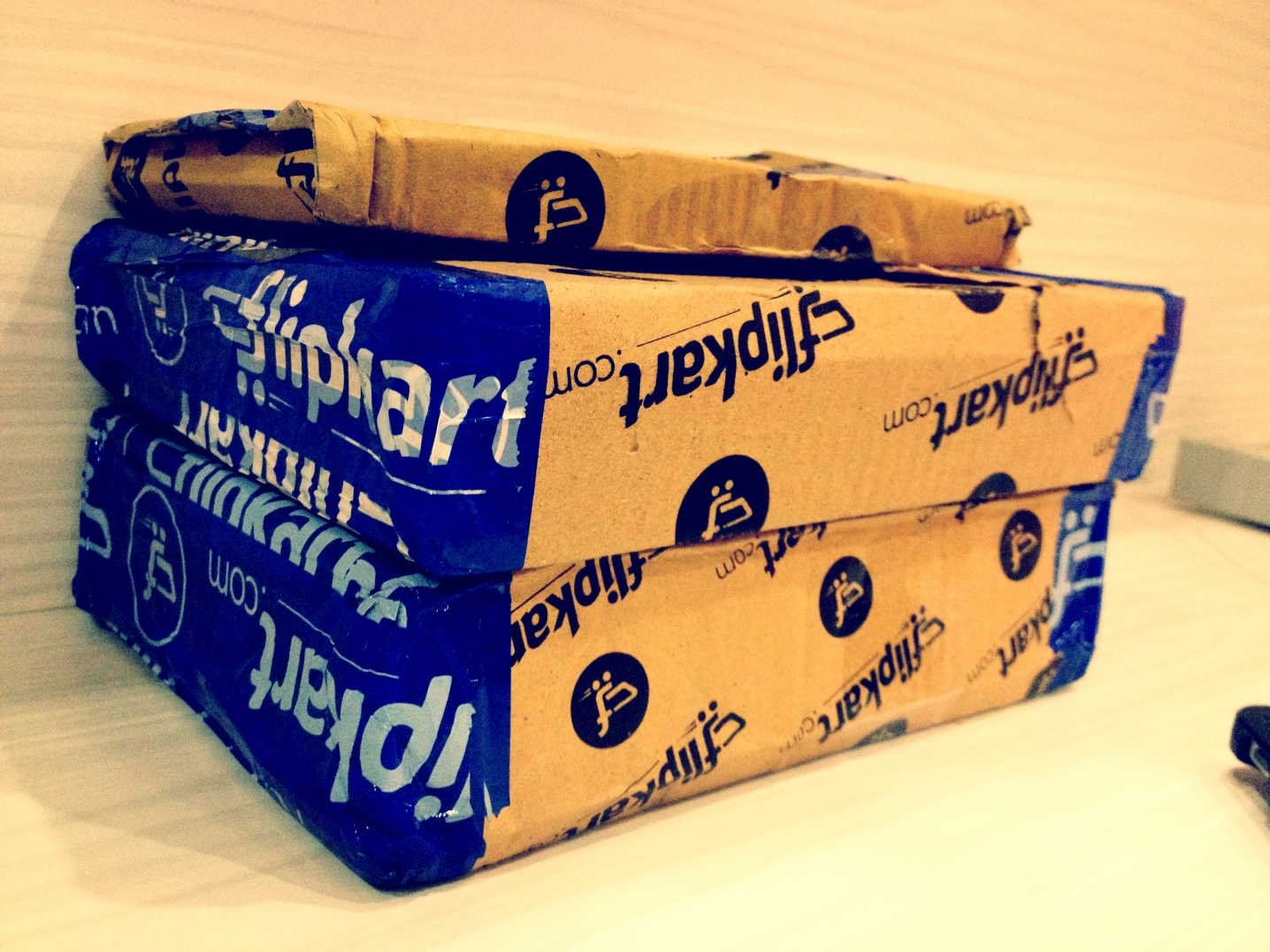Two weeks ago, Walmart concluded its investments to acquire a majority stake in Flipkart.
This is one of the largest transactions in e-commerce and in the internet space globally, with Walmart deploying US$16 billion to obtain an approximate 77 percent shareholding at closing. As part of this transaction, my company, Naspers, exited fully, selling our 11.18 percent stake for $2.2 billion.
In addition to the obvious financial success — a 3.6x or $1.6 billion absolute return in six years — being part of one of the greatest success stories of the Indian and global e-commerce market led to countless insights for Naspers.
Our journey with Flipkart will help us to further shape how we partner with entrepreneurs to build leading technology companies in the future.
I was fortunate enough to have had a front-row seat at Flipkart for the past six years, leading our various investment rounds and being Naspers’ appointed board director. Here are some of the key lessons that I will remember moving forward.
Pursue big market opportunities and solve big problems
E-commerce is a global trend that manifests in every market around the world. The potential of Indian e-commerce is beyond any doubt, with a total retail market of more than $500 billion. Before Flipkart, Indian e-commerce cu
Flipkart was the first player to solve these issues at scale, opening up the marketplace to more categories (starting with media and then rapidly expanding into electronics, lifestyle, etc.), offering warehouse services, and introducing its own courier network, Ekart, that ensured customer delight and cash on delivery. Other players eventually offered similar services, but Flipkart was the pioneer.
Market leadership is key to sustainable success, even in e-commerce, which tends to have “winner takes most” as opposed to “winner takes all” characteristics. Leaders enjoy
Given the rapid growth of the Indian e-commerce market, Flipkart had to scale its tech platforms while also scaling its business model and organization. This is hard to do, and we’ve seen many businesses fail to scale. Flipkart was not one of them.
As a market leader and pioneer in the Indian e-commerce market, Flipkart had to sail unchartered waters. Experimenting while increasing in scale carried significant risk for the organization and had consequences for the market — Flipkart made many bold decisions over the years. Many of these worked out beautifully, such as acquiring Myntra in May 2014 to obtain a strong position in the strategic fashion and apparel category, or establishing Big Billion Day as the marquee sales event of the year.
There were others that did not work out, like trialing app-only shopping, but these failures never deterred the team from taking chances and changi
Think globally, but act locally
Flipkart is focused on the Indian market, but the competitive battle for sellers, buyers and talent is fought globally. The team adopted global best practices like Big Billion Day, which was inspired by ideas from the U.S., China and Romania.
They also measure success based on KPIs constantly drawing comparison with global market leaders. Most importantly though, Flipkart always innovated for the local market, taking local tastes into account (as serviced by the multitude of private label brands at Flipkart and Myntra), as well as bandwidth and affordability constraints on the customer side, leading to super-light mobile sites and apps, as well as various trade-in and financing programs.
Play the long game
Despite multi-billion-dollar trading volumes, the current e-commerce market in India is still mostly driven by affluent metro city dwellers in places like Mumbai, Delhi and Bangalore. This is not dissimilar to what we’ve seen in other countries around the world at a similar development stage as e-commerce in India.
However, to really unlock the potential of Indian e-commerce, one has to reach the hundreds of millions of customers that live in tier-two or -three cities, or in the countryside.
This will require a very unique approach in terms of selection, price points and delivery and payment mechanisms. Flipkart management spends a considerable amount of time strategizing about these challenges.

The common thread in all of these lessons is that you need to have strong, inspiring leaders who come from the local market and have the vision and desire to scale their platforms responsibly and skillfully. Whether it was Binny and Sachin as co-founders of the business, or Kalyan, Ananth and Sameer in leading the respective Flipkart, Myntra and PhonePe business units, without these leaders it would have not been possible for Flipkart to grow to what it is today. I’m very grateful for my time with Flipkart and wish the team and Walmart all the best in continuing this incredible journey… a journey made in India.
